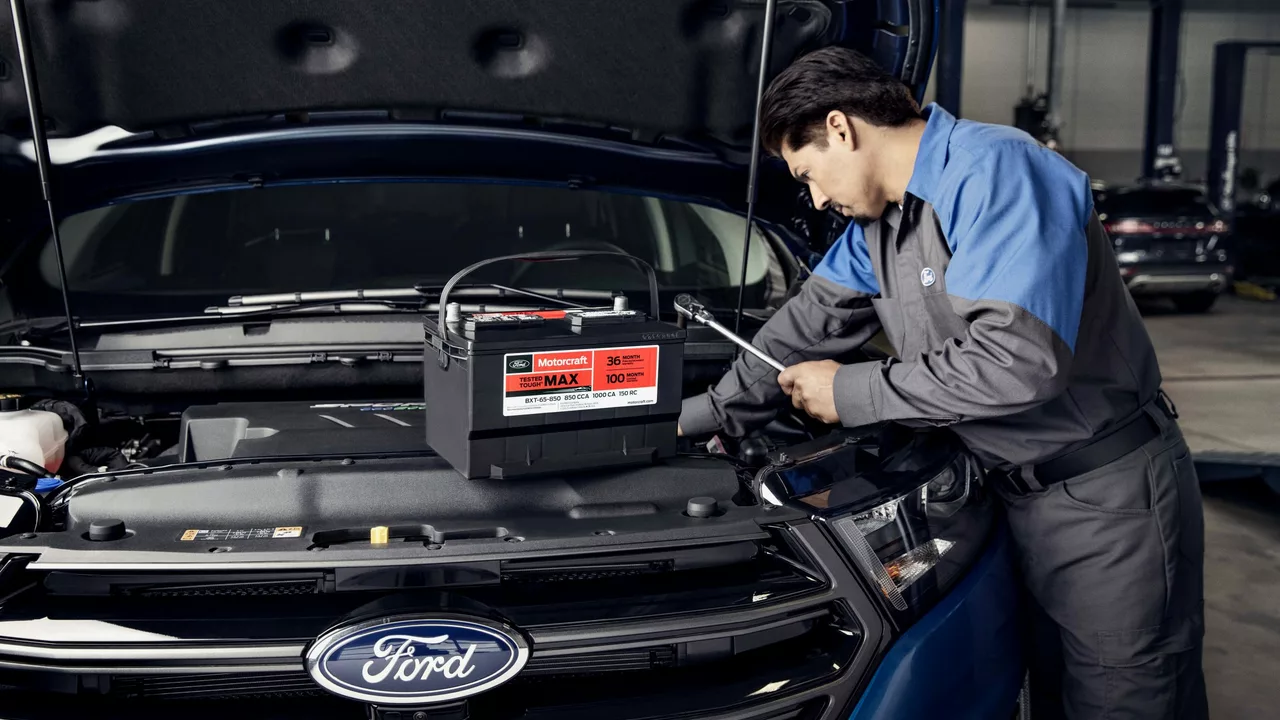Car Maintenance: Simple Tips to Keep Your Ride Running Smoothly
Keeping a car in good shape doesn’t have to be a mystery. Even if you’re not a gearhead, a few habits can stop big problems before they start. Below you’ll find the basics you can do at home and the signs that tell you it’s time to call a professional.
Everyday Checks You Can Do Yourself
First off, check the fluid levels every couple of weeks. The engine oil, coolant, brake fluid, and windshield washer fluid are all easy to spot. Pull the dipstick for oil, wipe it clean, then re‑insert it to see the level. If it’s low, top it up with the right grade – the owner’s manual tells you which one.
Next, look at your tires. Your car’s computer will warn you if pressure is low, but a quick visual check is worth it. Push on each tire with your thumb; it should feel firm, not squishy. Also, inspect the tread for uneven wear. If the pattern is worn down to the edges, it’s time for new tires or a rotation.
Listen for strange noises. A squealing belt or a grinding brake can mean a component is wearing out. When you hear something odd, note when it happens – during acceleration, braking, or turning – and tell your mechanic.
Finally, keep the exterior clean. Dirt and salt can corrode the undercarriage, especially in winter. A good rinse after a snowy road trip helps protect the metal and keeps rust at bay.
When to Call a Pro
Even with regular at‑home checks, some jobs need a trained eye. If the check engine light stays on after a reset, don’t ignore it. Most auto shops can read the fault code for free and tell you what’s wrong.
Brake issues are another red flag. If you feel a spongy pedal, hear a metallic squeal, or notice the car pulling to one side, have the brakes inspected immediately. Worn pads or warped rotors can affect stopping distance and safety.
Coolant leaks are sneaky. A sweet smell, steam coming from the engine bay, or a sudden rise in temperature gauge means the cooling system is compromised. Driving with an overheating engine can warp the head gasket – a repair that’s costly and time‑consuming.
Transmission problems also need prompt attention. Slipping gears, delayed shifting, or a whining noise under acceleration point to transmission wear. Early diagnosis can often save you from a full rebuild.
Schedule regular maintenance according to your car’s service book. Most manufacturers suggest an oil change every 5,000‑7,500 miles, brake fluid flush every two years, and a full inspection at 30,000 miles. Sticking to these intervals keeps warranties valid and resale value high.
Remember, a little effort now saves a lot of trouble later. By checking fluids, tires, and listening for noises, you catch most issues early. When something feels off, trust a professional to look deeper. With these simple steps, your car will stay reliable, safe, and inexpensive to run.
Is it bad to not start your car for a week?
- Thomas O'Reilly
- Jul 22 2023
- 0 Comments
In exploring whether it's bad to not start your car for a week, I found it's generally not harmful. However, it can depend on factors like your car's age and battery health. Older vehicles or those with weaker batteries might have trouble starting after being idle for a week. Long periods of inactivity can also cause other issues, like tire flat spots. But for most modern cars, a week of no use shouldn't cause significant problems.
View More
